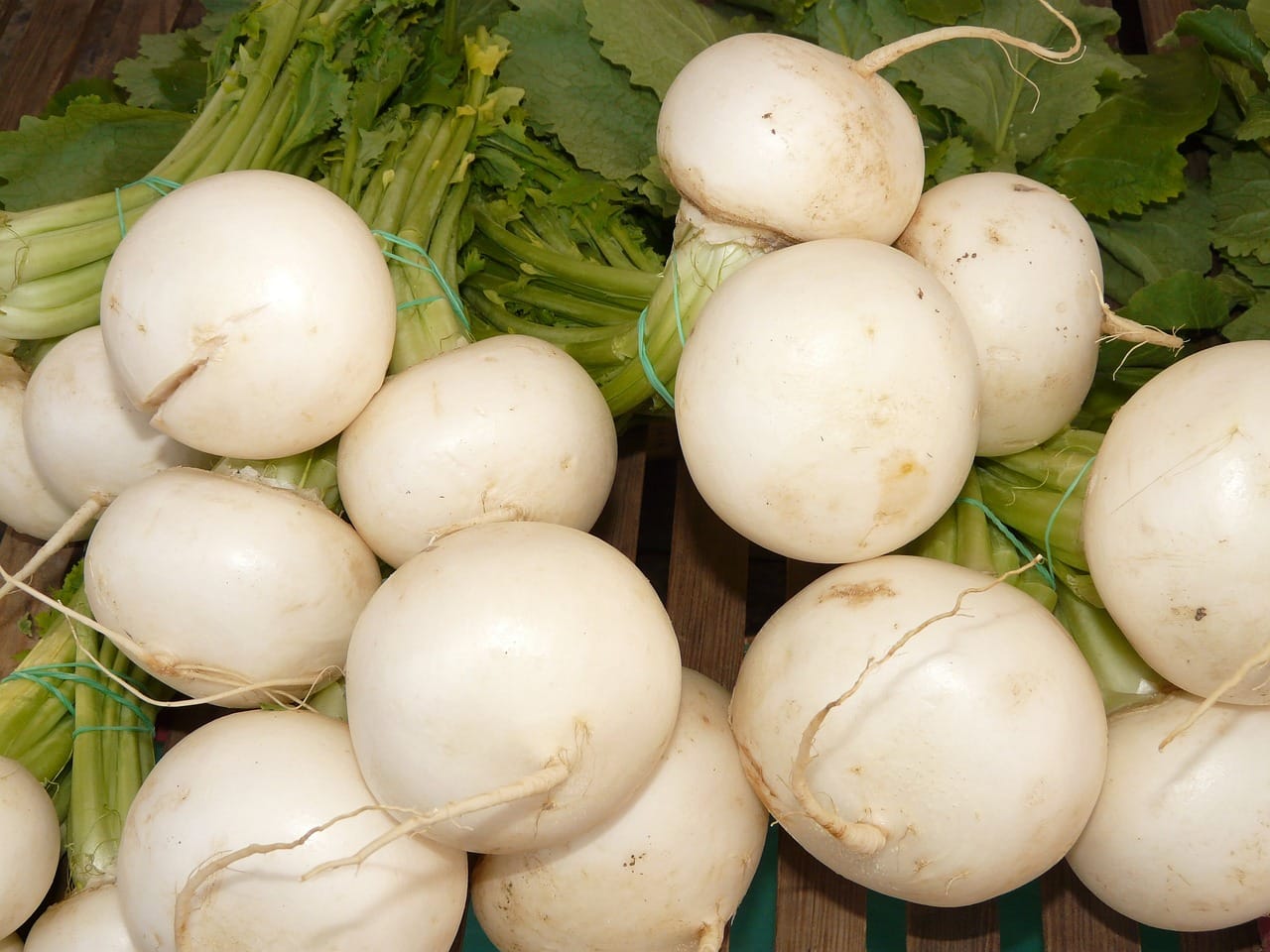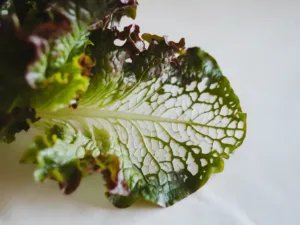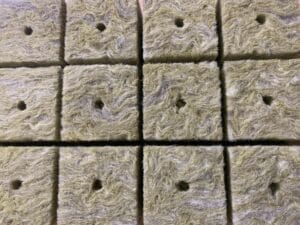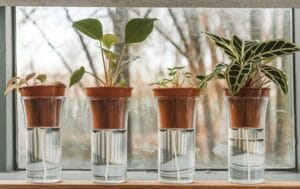Beets are not only a colorful addition to your plate but also a powerhouse of nutrients. Especially in hydroponics, beets prove to be a worthwhile choice. Why? Simply put, they grow faster, develop more intense flavors, and yield a harvest particularly rich in vitamins and minerals. Whether you’re an experienced hydroponic gardener or just starting out, beets might be the perfect addition to your indoor garden. Let’s find out together which varieties are best suited, which systems work optimally, and how you can get the most out of your beets!
The Best Beets for Your Hydroponic Garden
Not all beets are the same, and some varieties are better suited for hydroponic cultivation than others. Choosing the right variety can make the difference between a successful harvest and a disappointment. Here are some of the best beet varieties you can grow in your hydroponic garden:
- Detroit Dark Red: This classic variety is known for its deep red color and sweet taste. It grows quickly and produces round, smooth bulbs that are ideal for salads and juices. Particularly suitable for systems with continuous water flow.
- Chioggia: An Italian beet with red and white rings inside. It’s not only a visual delight but also particularly mild and sweet in taste. Well-suited for NFT systems, as it is less susceptible to diseases.
- Golden Beet: The golden-yellow color of this variety is a real highlight. Golden beets have a mild, sweet taste and are less earthy than red beets. They are robust and resistant to diseases, making them ideal for beginners.
- Albina Vereduna: A white beet with a mild, sweet taste. It grows compactly and is particularly suitable for smaller hydroponic systems like ebb and flow systems.
- Bull’s Blood: This variety not only has deep red bulbs but also edible leaves that are perfect for salads. Known for its versatility, it is suitable for a variety of hydroponic systems.
The choice of the right variety depends on your personal preferences—whether you like sweet, mild, or earthy, there’s always a beet that perfectly fits your garden.
Which Hydroponic Systems Are Best Suited for Beets?
Beets are relatively versatile when it comes to hydroponic systems. However, some systems are particularly well-suited for growing beets. Here are the best options:
- Deep Water Culture (DWC): This system is excellent for beets as it ensures a constant supply of nutrients and water. The beets grow directly in a nutrient reservoir that is aerated with an air pump. This system is especially suitable for beginners as it is relatively easy to set up and maintain.
- Nutrient Film Technique (NFT): In this method, a thin layer of nutrient solution flows over the roots of the plants. NFT systems are space-saving and well-suited for beets as they allow many plants to be grown in a small area. However, care must be taken to ensure that the roots do not dry out.
- Ebb and Flow System: This system is ideal for growing beets as it ensures good oxygen supply to the roots. The nutrient solution is periodically pumped into the system and then drains away, allowing plants to receive both water and air.
| System Type | Advantages | Disadvantages |
|---|---|---|
| Deep Water Culture (DWC) | Easy setup, constant nutrient supply, suitable for beginners | Higher risk of root rot, requires good aeration |
| Nutrient Film Technique (NFT) | Space-saving, continuous nutrient supply | Requires careful monitoring of water levels |
| Ebb and Flow System | Good oxygen supply, prevents root rot | Somewhat more complex setup and maintenance |
The choice of the right system depends on how much space you have, how much time you want to invest, and your level of experience. For beginners, the DWC system is often recommended, while more experienced gardeners can experiment with an NFT or ebb and flow system.
How to Successfully Start Growing Beets Hydroponically
Growing beets hydroponically begins with proper germination. Here’s a step-by-step guide to successfully get your beets started:
- Seed Selection and Pre-treatment: Choose high-quality seeds, preferably from a trusted source. Some gardeners recommend soaking the seeds in water for a few hours before planting to encourage germination.
- Germination in Seed Cubes: Place the soaked seeds in moist seed cubes made of rock wool or coconut fiber. These materials retain water and provide the necessary moisture for germination. Keep the temperature at around 18-22°C to maximize the germination rate.
- Transplanting into the Hydroponic System: Once the seedlings are about 5-10 cm tall and have at least a few true leaves, they are ready to be moved into the hydroponic system of your choice. Be careful to handle the roots gently to avoid damage.
A fun tip from practice: If you plant your beet seeds too deep, you might end up with a “beet forest”—with bulbs so tightly packed that you need a shovel to separate them!
| Step | What to Do |
|---|---|
| Seed Selection | Select high-quality seeds |
| Germination in Seed Cubes | Place seeds in moist seed cubes |
| Transplanting into System | Carefully place seedlings into the system |
The Best Substrate for Your Beets: Which Materials Are Suitable?
The right substrate is crucial for the healthy growth of your beets in hydroponics. Here are some of the best substrates you can use:
- Rockwool: This substrate offers excellent water and air retention, optimally supplying the roots with oxygen and moisture. However, it is somewhat prone to algae growth if it stays too wet.
- Coconut Fibers: An eco-friendly option made from the by-products of the coconut industry. Coconut fibers offer good water retention and aeration but are biodegradable and need to be replaced more frequently.
- Clay Pellets: These round pellets offer excellent drainage properties and are well-suited for beets as they protect the roots from waterlogging. However, they are heavy and can slightly affect the pH, requiring regular monitoring.
Your choice of substrate depends on your specific needs and the requirements of your system. Coconut fibers are a good choice for environmentally conscious gardeners, while rock wool and clay pellets are robust options for those who prefer easier maintenance.
Optimal Conditions: Temperature and Light for Healthy Beets
Beets require specific conditions to reach their full potential. The optimal temperature for growth is between 15-25°C. Too high temperatures can hinder growth and stress the roots, while too low temperatures can delay bulb development.
For light, beets need about 12-16 hours a day. The ideal light source is full-spectrum LED lighting, which promotes both photosynthesis and bulb growth. Ensure the lights are placed about 30-40 cm above the plants to ensure even growth.
Tips for Temperature and Light Control:
- Ensure your hydroponic setup is well-ventilated to avoid overheating.
- Use timers for the lights to ensure consistent lighting.
- Regularly monitor the room temperature and adjust if necessary.
pH and EC: The Right Water Values for Your Beets
A stable pH and the right electrical conductivity (EC) are crucial for healthy beets in hydroponics. The ideal pH is between 6.0 and 7.0. A too acidic or alkaline pH can impair nutrient uptake.
The EC value should be between 1.8 and 2.4 mS/cm. This value indicates how much nutrient is present in your solution. A too high EC can burn the roots, while a too low EC can lead to nutrient deficiencies.
The Right Nutrient Mix: Fertilizers for Juicy Beets
Beets require different nutrients during their growth. In the early growth phase, nitrogen is important for leaf growth, while phosphorus and potassium are needed more during the bulb development phase.
Recommended hydroponic fertilizers:
- FloraGro: Promotes leaf growth in the initial phase.
- FloraBloom: Supports bulb formation and root growth.
- CaliMagic: For additional calcium and magnesium supply, ensuring strong roots.
Harvest Time! When and How to Harvest Your Beets
Most beet varieties are ready for harvest in about 60-90 days. You can tell it’s harvest time when the beets have reached a certain size and the outer leaves start to wilt slightly. Gently pull the beets out, taking care not to damage the roots. Store them in a cool, dark place to preserve their freshness and flavor.
Diseases and Pests: Identifying and Combating Problems
Beets can be susceptible to pests like aphids and diseases like powdery mildew. Regular inspection and early intervention are crucial. Use natural pest control methods such as neem oil or beneficial insects like ladybugs.
Plant-Specific Tips for Beets: Achieving Even Better Yields
Some additional tips: Thin the plants as needed to provide enough space for bulb development. Consider harvesting the beet leaves—they are not only edible but also highly nutritious!
Why Beets Are Perfect for Hydroponics
Beets are a fantastic choice for hydroponic cultivation. They are nutrient-rich, fast-growing, and easily adaptable to different systems. Try it yourself and experience how easy and rewarding it can be to grow your own fresh beets!







